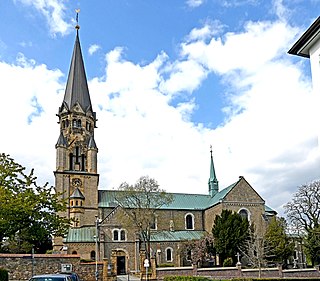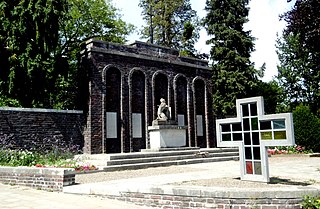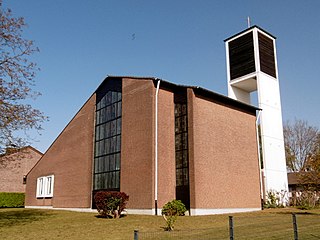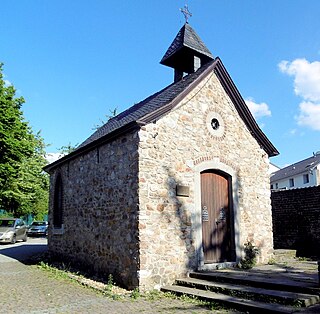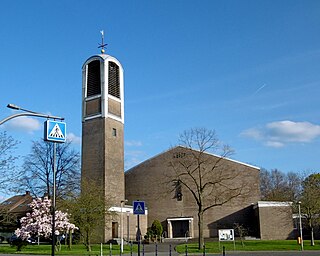Self-guided Sightseeing Tour #7 in Aachen, Germany
Legend
Guided Free Walking Tours
Book free guided walking tours in Aachen.
Guided Sightseeing Tours
Book guided sightseeing tours and activities in Aachen.
Tour Facts
1.7 km
24 m
Experience Aachen in Germany in a whole new way with our free self-guided sightseeing tour. This site not only offers you practical information and insider tips, but also a rich variety of activities and sights you shouldn't miss. Whether you love art and culture, want to explore historical sites or simply want to experience the vibrant atmosphere of a lively city - you'll find everything you need for your personal adventure here.
Activities in AachenIndividual Sights in AachenSight 1: St. Severin
St. Severin is a Roman Catholic church in Aachen-Eilendorf, Germany. It is the parish church of the entire parish of St. Severin in the Diocese of Aachen.
Sight 2: Kriegerdenkmal
The Eilendorf War Memorial on Marienstraße in the Aachen district of Eilendorf is a memorial to the citizens of the village who died in the First World War, built in 1927 according to plans by the sculptor Fritz Neumann.
Sight 3: Ehemaliges Eilendorfer Pannhaus
The Pannhaus is the most famous quarry stone house in Aachen-Eilendorf. The building was first mentioned in 1427.
Sight 4: Versöhnungskirche
The Church of Reconciliation is a Protestant church in Aachen-Eilendorf, Germany. It forms the parish district of the Church of Reconciliation within the Evangelical Parish of Aachen, which belongs to the Aachen church district of the Evangelical Church in the Rhineland.
Sight 5: Apolloniakapelle
The Apollonia Chapel Eilendorf is a Roman Catholic place of worship in the "Oberdorf" of the Aachen district of Eilendorf. It was built in 1774 and is the only one of five chapels in the then independent district of Eilendorf to be preserved, making it the oldest sacred building in the village. The entire chapel complex has been a listed building since the 1980s and has been looked after by the "Förderverein zum Erhaltung der Apollonia-Kapelle e. V." since 2010.
Sight 6: St. Apollonia
St. Apollonia is a church building of the Roman Catholic Church in Eilendorf, a district of the city of Aachen. As a branch church, it belongs to the parish of St. Severin.
Share
How likely are you to recommend us?
Disclaimer Please be aware of your surroundings and do not enter private property. We are not liable for any damages that occur during the tours.
GPX-Download For navigation apps and GPS devices you can download the tour as a GPX file.
